FINDER Industrial Automation

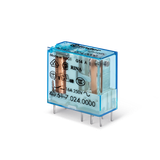
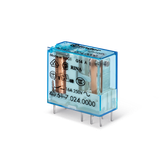

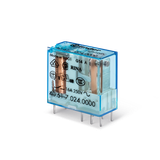

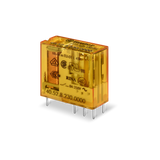

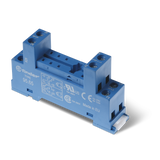
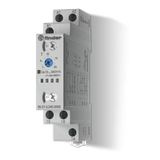
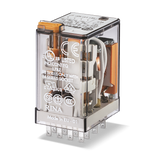
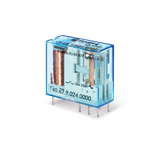

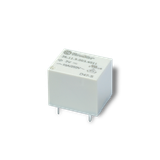
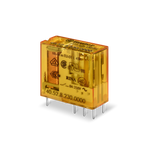
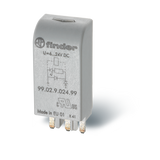


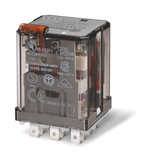
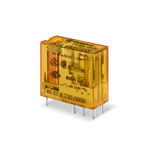


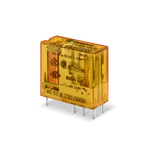
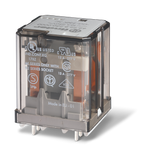

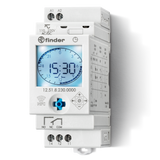
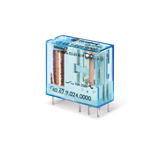
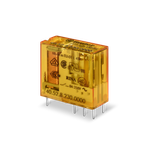
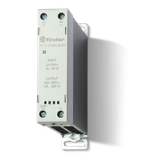
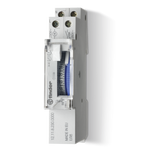

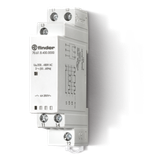

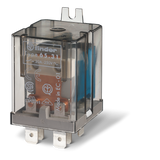

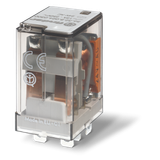
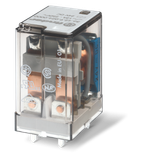
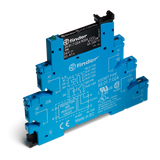
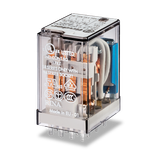
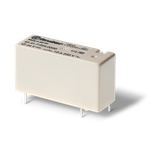
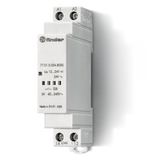

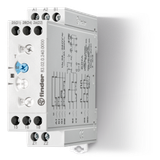
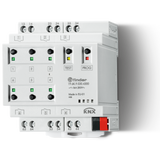
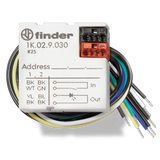
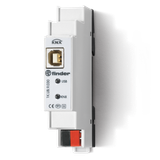
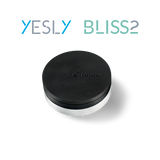
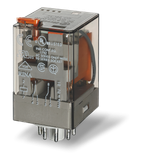
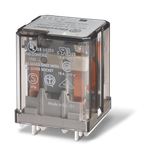
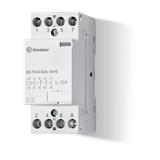

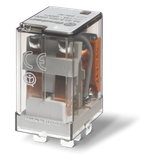

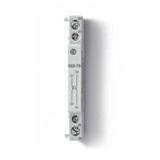
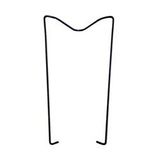
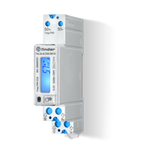


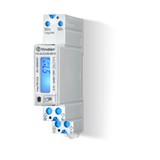

Finder Automatics and Control – Finder Control Systems & Automation Devices
When you’re wiring a control panel or commissioning an automation cell, the invisible backbone is what often decides if the system will stay reliable or demand constant fixes. The category Finder automatics and control covers the real-work hardware: relays, timers, modular controllers, automation devices built for industrial duty. For procurement teams ordering for machine-builders and integrators, and for installers who test panels late at night, this category isn’t about “nice to have” features — it’s about compatibility, repeatability, and service-lifespan.
Technical Characteristics of Finder Control Modules and Automation Devices
- Architecture: modular format built for DIN-rail mounting, allowing extension of control logic and I/O in scalable steps.
- Signal and load range: typical relay modules in the range handle 8-16 A contacts at 250 V AC; timers rated for multivolt coils (e.g., 12-240 V AC/DC) and contact forms SPDT/DPDT.
- Control logic capacity: timer and relay devices support delay, interval, cyclic functions, making them suitable for automation sequences as well as safety or machine-stop logic.
mmunication / interface: while simpler modules remain discrete, there are variants designed to integrate with PLCs or bus control systems for centralised monitoring. - Mechanical & environmental build: industrial housings rated for vibration, temperature ranges from around -20 °C to +60 °C, DIN-rail mount with captive screws or spring clamps for clean installation.
- Compliance: manufactured to meet industrial electrical standards and approved for panel-use in machine-build environments.
From field experience: when you’ve wired panels for years, you notice the difference if the relay module isn’t robust — marginal torque, loose connections, failed contacts. Finder gear holds up under real usage.
Practical Field Applications of Finder Relays, Timers and Control Systems
In a packaging line you’ll often find Finder relays and timers controlling conveyor contactors, cycling actuators or timing sensors. The installer picks up a timer module, sets the interval, plugs the module into the rail and wires it into the logic chain. Because the module forms part of a consistent family, replacements and spares are quick.
Another example: machine builders standardise on Finder control modules across multiple machines so the service team knows exactly where to go when an error code appears. The same relay library used in a tester rig gets reused in production machines — fewer SKUs, fewer surprises.
In maintenance, when a machine goes down around midnight, pulling out a known Finder module and swapping it with a spare rack unit is faster than rewiring or recalibrating. That directness is what matters after hours
Procurement Insights for Finder Industrial Automation and Control Devices
From the procurement desk, hardware categories like this often raise the same questions:
- Model consistency: selecting one module family across machines simplifies spares and training. Avoid mixing mini-relays and full-sized timers unless absolutely necessary.
- Functional coverage: do you need just delay/interval functionality, or cyclic, sequence, real-time control? Pick modules that match both current and future needs.
- Packaging, MOQ & stock: many modules ship individually, but large machine-builders will want tray or carton packs of 10/20; confirm stock availability and batch labelling for traceability.
- Lead-time risk: modules may be stocked domestically, but some features (special functions, voltage variants) may incur longer lead times; plan accordingly.
- Lifecycle support: automation equipment changes slowly; you’ll want modules and spares that will be available in 5-10 years. Standardising on one Finder range helps.
In practice, procurement delays often occur when modules arrive but the mounting or wiring format changed — checking form-factor compatibility early with installers avoids field surprises.
Integration and Maintenance of Finder Control Gear
For integrators and service teams, the real value of well-specified control gear shows up during expansion or trouble-shooting. When your machine logic adds a sensor zone or you retrofit a safety circuit, using the same Finder automation devices means the mechanical rail, terminal layout and contaminant-clearances remain familiar. You don’t redesign the panel, you simply plug in the next module.
Maintenance teams appreciate that the relays and timers click solidly into place, wires stay secure, and terminal screws remain accessible after years of vibration. The small difference between a good relay and a bad one: one gets replaced quietly, the other triggers a panel-wiring review at 3 a.m. This job isn’t flashy — but reliability counts.
Why System Integrators Choose Finder Devices via Bank of Lamps
At Bank of Lamps, we treat automation-grade control gear as core supply — not secondary. Our central warehouse in Latvia stocks the full range of Finder automatics and control modules ready for dispatch across the UK, Germany, Netherlands, Baltics, France, Spain and Belgium.
Our edge:
- Full visibility of stock and batch access for rapid dispatch when machine builds demand it.
- Consolidated logistics: modules, relays, timers all in one order; reduced paperwork and freight stages for clients.
- Technical documentation and batch traceability provided with each shipment — ideal for machine-certification files and audits.
On-site-aware supply-chain: we understand panel build timelines, shutdown windows and spare-kit needs — not just parts listing.
In essence: when your build schedule says “control rack wired tomorrow, logic tested next week,” you need modules that arrive, fit, and perform without surprise. That’s exactly what we support with Finder control systems and Bank of Lamps logistics